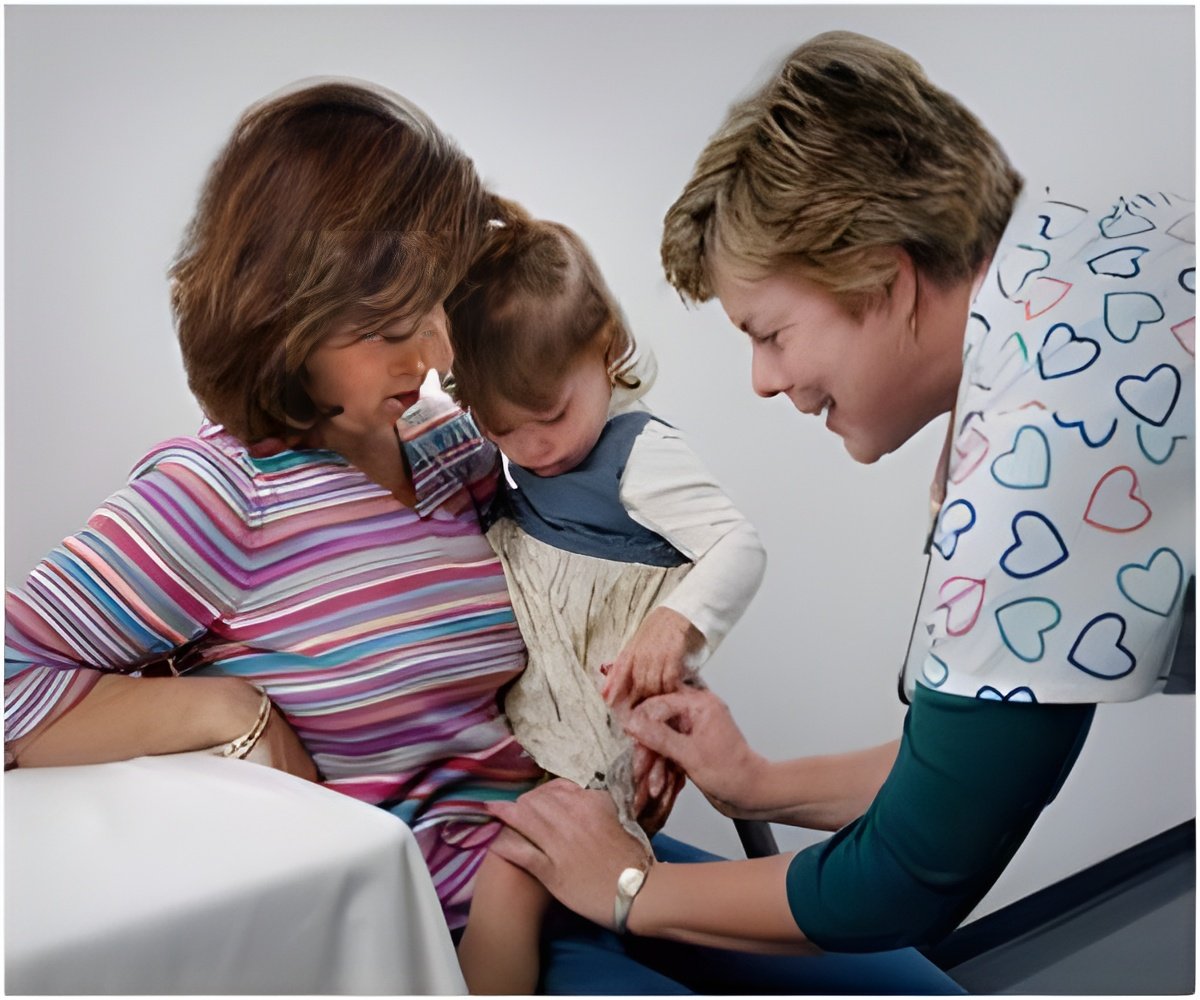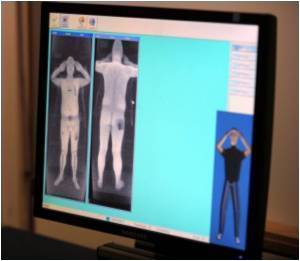
This commentary discusses efforts "to reduce the exposure of children to radiation from diagnostic imaging, with focus on the responsibilities of the otolaryngologist in such efforts." The challenge lies, the authors write, in determining when CT scans are necessary and making this information widely available to otolaryngologists and others.
Several suggestions and resources are provided. The authors discuss the ALARA principle (As Low As Reasonably Achievable) and suggest that reducing radiation dosage is as simple as scanning only the indicated area. Two online resources exist: The American College of Radiology has provided Appropriateness Criteria (http://acr.org/ac) and the Alliance for Radiation Safety in Pediatric Imaging has created the site www.imagegently.org.
Other sources cited in the study provide three strategies to reduce radiation exposure from CT scans: 1) order fewer CT scans, 2) use another imaging modality that does not use ionizing radiation when possible, 3) reduce the radiation dose of each study.
The authors conclude that "safer imaging of children is a shared responsibility." It is important to order the right test at the right time, and to "consider the appropriateness of imaging, assuring that the best modality is being ordered, that the imaging actually influences management, and that the timing of imaging is ideal."
Source-Eurekalert









